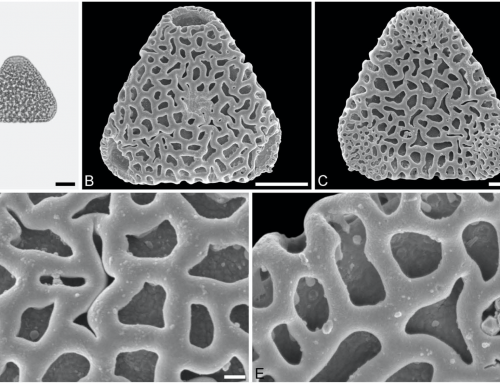Authors: Friðgeir Grímsson, Reinhard Zetter
The palynoflora from the Lavanttal Basin is characterised by a diverse spectrum of conifers. Their pollen is mostly well preserved allowing for high taxonomic resolution. Most coniferous taxa belong to the Pinaceae (Abies, Cathaya, Cedrus, Keteleeria, Larix, Picea, Pinus and Tsuga) and the Cupressaceae (Cryptomeria, Glyptostrobus and Sequoia), but pollen of Sciadopityaceae (Sciadopitys) is also occuring. The presence of these conifer taxa supports previous suggestions based on sedimentological and palynological observations that the sediments of the Lavanttal Basin accumulated in a lowland/wetland environment. Many of the taxa described in this paper had a wide, mostly Northern Hemispheric distribution, occupying swamps, river plains, deltas, hummocks and also better drained habitats located near to the main areas of sedimentation during most of the Cenozoic. Modern relatives of most of the fossil taxa prefer ample precipitation, suggesting that during the Middle Miocene (Sarmatian), the Lavanttal area received plenty of rainfall; there is no indication of a seasonal climate with a drought period. In general, the conifer taxa identified here are suggestive of a warm-temperate climate.




